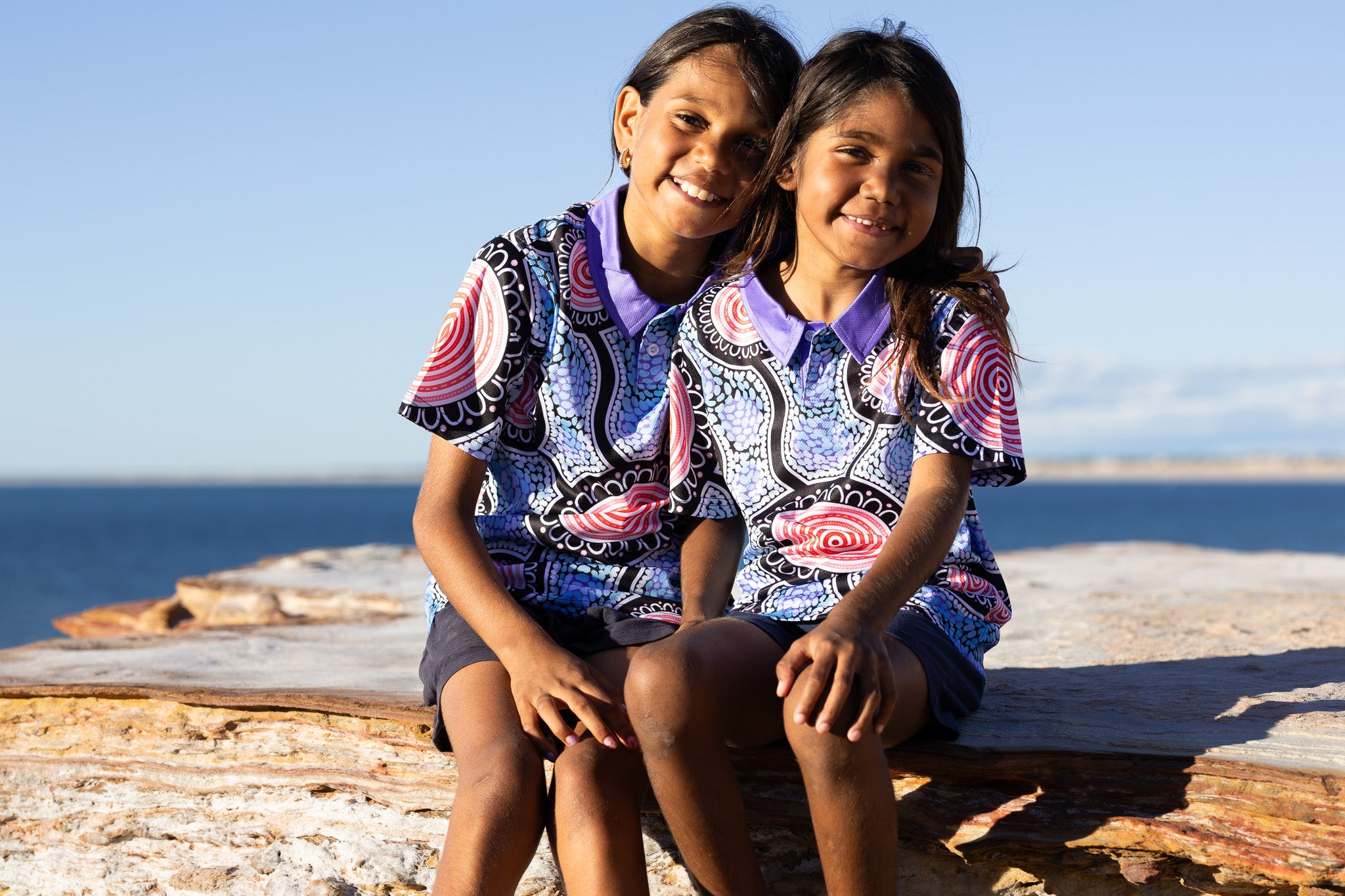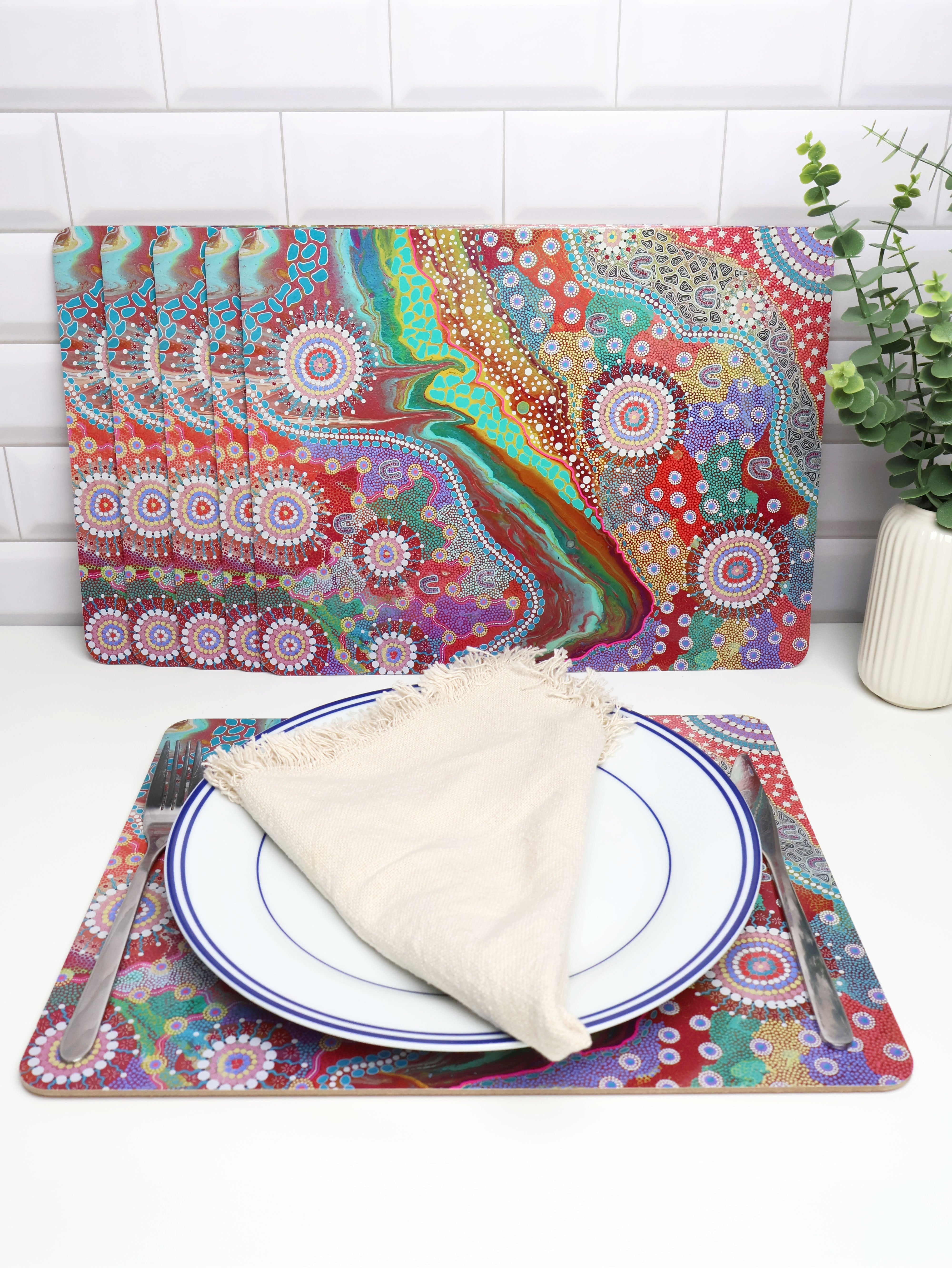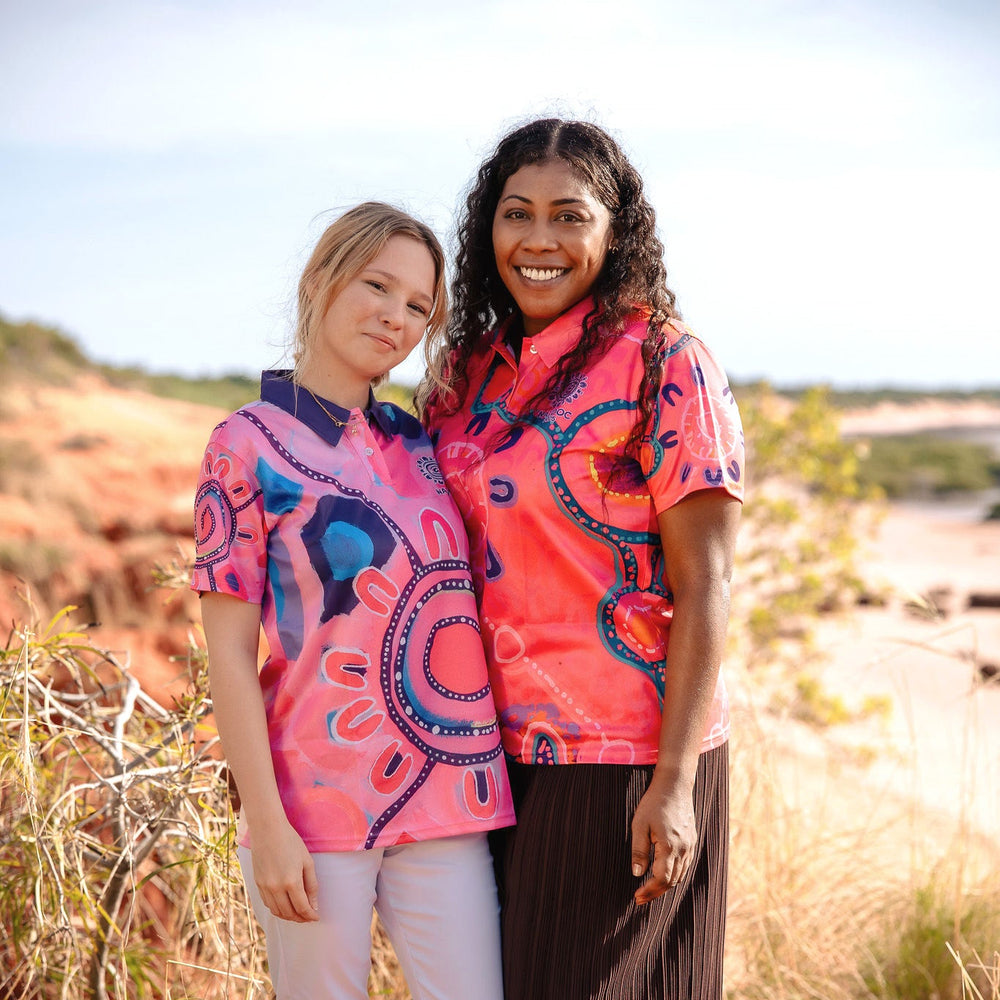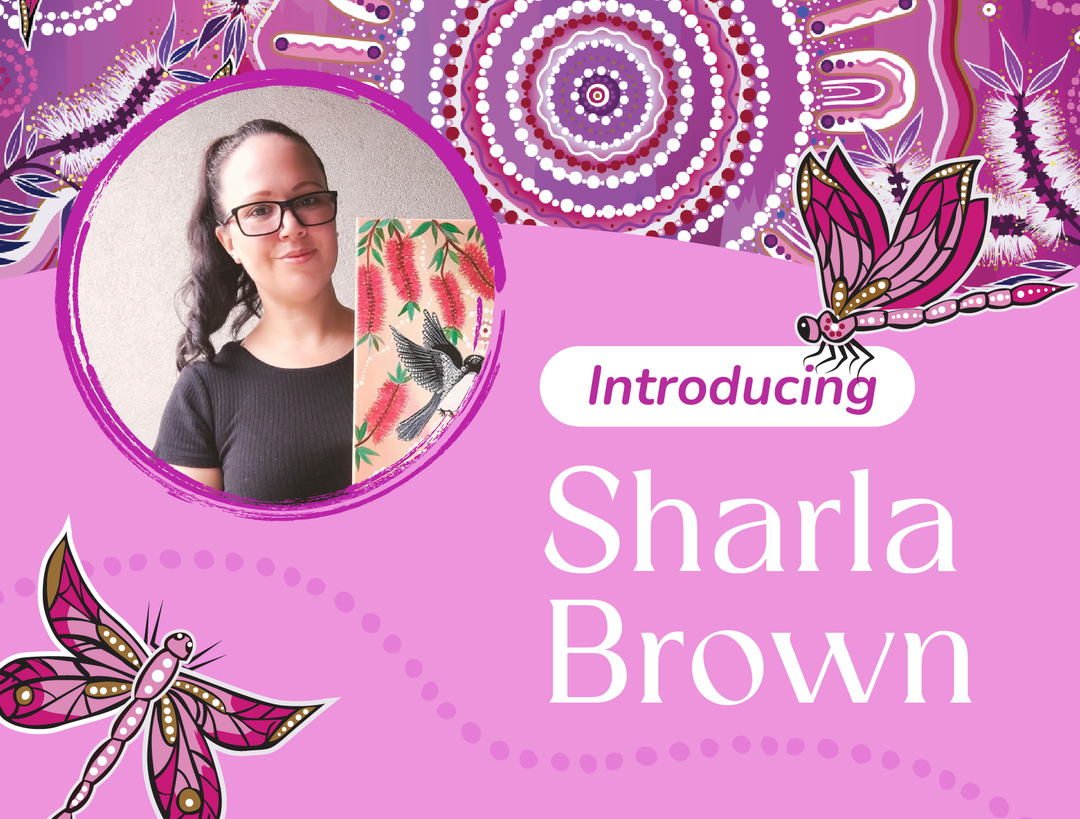Australia's vast landscapes are not just a sight for sore eyes; they're a pantry filled with unique flavours and textures that have sustained the Indigenous peoples for tens of thousands of years.
Ever wondered "what food do Aboriginal people traditionally eat?" Do a bit of digging and you’ll soon uncover that there is no one single confined diet - From the deserts to the coast, the traditional foods of Aboriginal and Torres Strait Islander communities are as diverse as the terrains and biomes they come from.
A Land of Plenty
The Aboriginal peoples have always been in tune with their environment. They've mastered the art of foraging, hunting, and fishing, sourcing everything from succulent witchetty grubs to the nutritious macadamia nut. How did Aboriginal hunt for food? Well, using tools, knowledge of animal behaviour, and a profound understanding of their natural environment, they efficiently sourced their sustenance. The coastal regions, rich in marine life, offered a bounty of fish, shellfish, and even dugong, while the inland areas provided kangaroo, emu, and various fruits and tubers.
Torres Strait Islanders, on the other hand, had a diet rich in seafood, supplemented by fruits like the wongai and staples like yam and cassava. Their connection to the sea is evident in their culinary choices, with staples like turtles, dugong, and a variety of fish.
More Than Just Food
But it's not just about the food. It's about the stories, the traditions, and the deep spiritual connection to the land. Every food source has a story, a Dreaming. For instance, the honey ants of Papunya in Central Australia are believed to be transformed ancestral spirits. Such beliefs underscore the deep respect Indigenous communities have for their food sources. There are customs and rules governing the gathering, preparation, and consumption of these foods, ensuring sustainability and respect for the land.
Modern Times, Ancient Flavors
While many Indigenous Australians now consume a modern diet, the traditional foods, often termed 'bush tucker' still hold a special place. They're not just remnants of a bygone era but are integral to cultural ceremonies and identity. Moreover, there's a resurgence in the appreciation of these foods, with many now being incorporated into contemporary Australian cuisine. What is the most popular Aboriginal food? While it's hard to pinpoint just one, ingredients like Kakadu plum and finger limes are becoming household names in everyday cooking, and Michelin star commercial kitchens alike.
In fact, the Queensland government's educational material titled "Healthy jarjums make healthy food choices" emphasises the importance of traditional foods in the modern diet. It highlights the balanced diet of ancestors and generations passed, rich in plant foods and lean meats, and contrasts it with today's pre-packaged and convenience foods.
(source: Queensland Health)
A Culinary Journey
For those keen to embark on a culinary journey, there's a plethora of ingredients to explore. From the tangy Kakadu plum, rich in vitamin C, to the earthy flavours of wattleseed; from the refreshing crunch of finger limes to the unique taste of emu – there's a universe of flavours waiting to be explored.
The traditional foods of Indigenous Australia are a testament to the deep connection between the land and its people. They offer a unique blend of flavours, textures, and stories that are not just a treat for the palate but also a journey through the tapestry of Australia's Indigenous heritage. So, the next time you come across bush tucker on a menu or in a store, give it a try - It's a bite of Australia's ancient history!
























